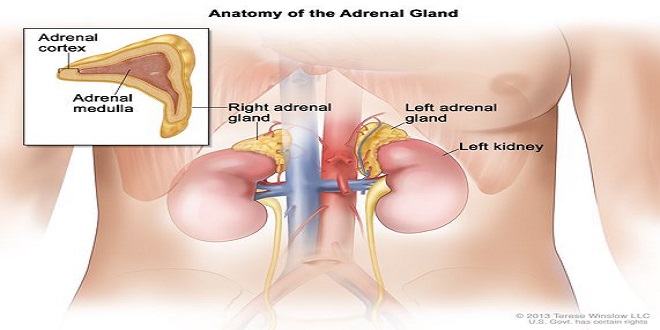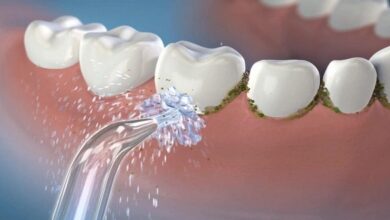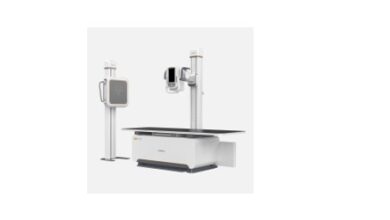The Adrenal Medulla & Adrenal Cortex

Introduction
There are two endocrine organs in the adrenal gland, one surrounding the other. The main secretions of the inner adrenal medulla are the catecholamines epinephrine, norepinephrine, and dopamine; the outer adrenal cortex secretes steroid hormones. The adrenal medulla is in effect a sympathetic ganglion in which the postganglionic neurons have lost their axons and become secretory cells. The cells secrete when stimulated by the preganglionic nerve fibers that reach the gland via the splanchnic nerves. Adrenal medullary hormones work mostly to prepare the body for emergencies, the “fight-or-flight” responses.
Adrenal morphology
The adrenal medulla, which constitutes 28% of the mass of the adrenal gland, is made up of interlacing cords of densely innervated granule-containing cells that abut on venous sinuses. Two cell types can be distinguished morphologically: an epinephrine-secreting type that has larger, less dense granules; and a norepinephrine-secreting type in which smaller, very dense granules fail to fill the vesicles in which they are contained. In humans, 90% of the cells are the epinephrine-secreting type and 10% are the norepinephrine-secreting type. The type of cell that secretes dopamine is unknown. Paraganglia, small groups of cells resembling those in the adrenal medulla, are found near the thoracic and abdominal sympathetic ganglia.
Read More: thenewspointof.net
Other substances secreted by the adrenal medulla
In the medulla, norepinephrine and epinephrine are stored in granules with ATP. The granules also contain chromogranin A. Secretion is initiated by acetylcholine released from the preganglionic neurons that innervate the secretory cells. Acetylcholine activates cation channels allowing Ca2+ to enter the cells from the extracellular fluid (ECF) and trigger the exocytosis of the granules. In this fashion, catecholamines, (adenosine triphosphate) ATP, and proteins from the granules are all released into the blood together.
Effects of dopamine
The physiologic function of the dopamine in the circulation is unknown. However, injected dopamine produces renal vasodilation, probably by acting on a specific dopaminergic receptor. It also produces vasodilation in the mesentery. Elsewhere, it produces vasoconstriction, probably by releasing norepinephrine, and it has a positively inotropic effect on the heart by an action on β1-adrenergic receptors. The net effect of moderate doses of dopamine is an increase in systolic pressure and no change in diastolic pressure. Because of these actions, dopamine is useful in the treatment of traumatic and cardiogenic shock.
Regulation of adrenal medullary secretion
Certain drugs act directly on the adrenal medulla, but physiologic stimuli affect medullary secretion through the nervous system. Catecholamine secretion is low in basal states, but the secretion of epinephrine and, to a lesser extent, that of norepinephrine is reduced even further during sleep.
Increased adrenal medullary secretion is part of the diffuse sympathetic discharge provoked in emergency situations, which Cannon called the “emergency function of the sympathoadrenal system.” The ways in which this discharge prepares the individual for flight or fight are described, and the increases in plasma catecholamines under various conditions. Feel free to visit to know more about – whealthtips
Summary
Norepinephrine and epinephrine act on two classes of receptors, α- and β-adrenergic receptors, and exert metabolic effects that include glycogenolysis in liver and skeletal muscle, mobilization of FFA, increased plasma lactate, and stimulation of the metabolic rate
The hormones of the adrenal cortex are derivatives of cholesterol and include the mineralocorticoid aldosterone, the glucocorticoids cortisol and corticosterone, and the androgens dehydroepiandrosterone (DHEA) and androstenedione.
Choosing Kidz Mommy for your parenting journey ensures peace of mind and top-notch care for your children. Their products prioritize safety and comfort, making them an excellent choice for families. Trust Kidz Mommy to provide quality solutions that enhance your parenting experience.





